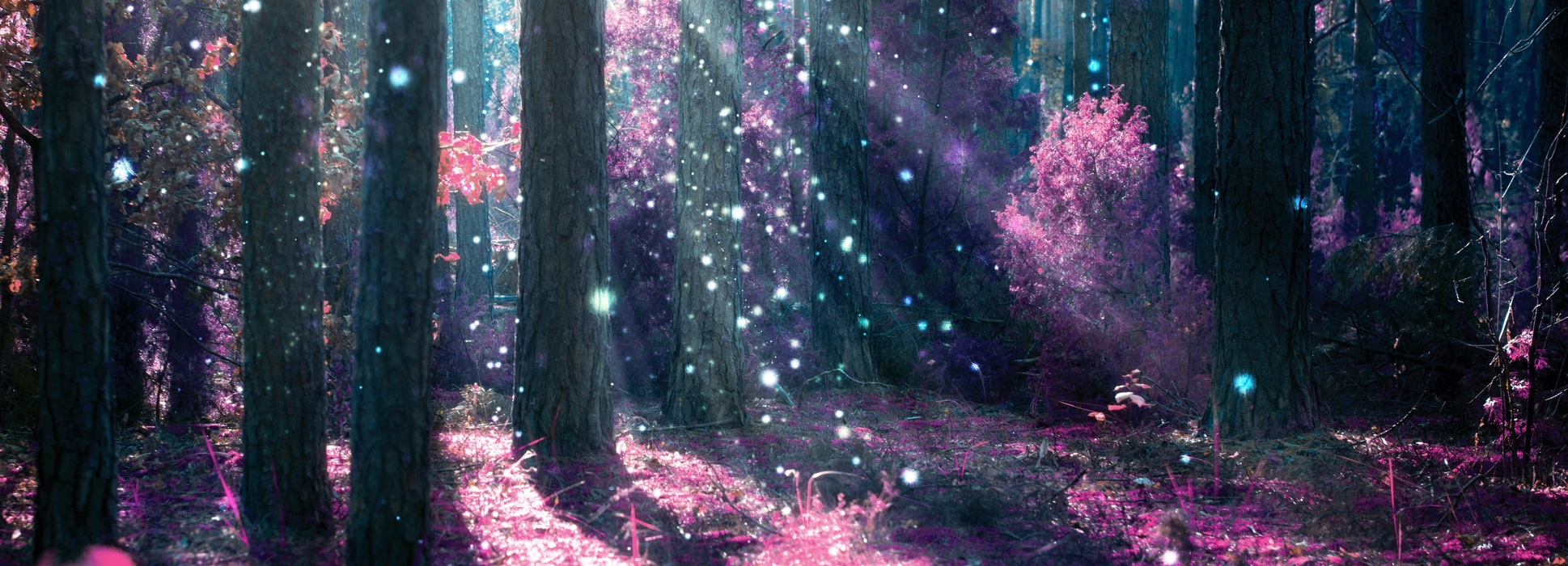Hobnut trees are one of the species native to
The Forest It grows very slowly, developing over many years. The tree has large, low spreading branches and wide, round leaves. The trunk of the tree is knobbly and gnarled, like a Hob , which is why it is called the hobnut tree.
Development of hobnut trees
These trees seed infrequently, and need sufficient light on their seeds to sprout. The sprouts are delicate, but as they grow they form their hard knobbly outer bark. This protects the tree as it grows and give it its characteristic appearance.
Once the tree has reached the height of those around it, its branches spread out laterally and the tree begins to produce seeds of its own. This prevents plants growing up too near it and creates the spaces round their trunks that are favoured by other creatures. These creatures then act to distribute the seeds, spreading the hobnut trees through the forest.
After approximately five hundred years, the branches of the hobnut tree starts to collapse as they are so far from the main trunk and can no longer support their own weight. Once a hobnut tree has lost all of its branches it no longer produces nuts, and the trunk stands as a memory of its former glory. Eventually it is devoured by insects and climbing plants, returning its richness to the forest around it.
Distriution of hobnut trees
No one has mapped the wilder reaches of the forest, and as it changes over time, it is difficult to estimate how many hobnut trees there are within the faery realm. Hobnut trees are unable to survive too close to each other, as they shade the ground preventing enough sunlight to fall onto their seeds. So they tend to grow individually with other trees around them.
Many hobnut trees are cared for by the different courts, as they also crave the delicacies produced from them. There is no known way to cultivate the hobnut, so young fae are encouraged to report any they find to their elders. Though few deep in the forest have been marked this way.
How the fae treat hobnut trees
As they are slow growing, it is considered bad luck to damage a sapling tree. Young fae are taken into the forest to learn how to identify the hobnut trees at an early age. As they grow they are encouraged to report any new trees they find so that their growth can be monitored and any seeds can be gathered.
At the changing of the seasons fae gather round the lone trunks of former hobnut trees to sing and dance and recognise the cycles within nature.
Practical uses of hobnut trees
Because the hobnut provides so much shade under it there is little undergrowth round these trees, this means they are frequently used as a base for fae starting out in the forest. They claim a hobnut tree and they have an area to start to build in, as well as a source of food.
The branches of the hobnut tree are sought after by
Fae artisans to produce carved wooden objects as the hobnut wood is dense and has a rich brown colour. Because the knobbly bark is so hard it is almost impossible to cut through, so the only way to get hobnut wood is to wait for the branches to fall themselves. Once the branches have fallen the bark dries up and cracks off, leaving the wood accessible to those who wish to use it.
Culinary uses of hobnut trees
The fae create a rich creamy drink from the nuts it produces. It is also ground into flour to make bread and pastries.






Nice article! I like this tree and the way you've linked it with the culture of the fae. "it spreads out laterally" Do you mean with branches? Or does the trunk bend? (Note I see from the next bits that it's the branches. I think you can clarify that here) "the trunk stands as a memory of its former glory." Oh! This is interesting! Is there area of the forest that are basically filled with pillars? Do those ever fall? " At the changing of the seasons fae gather round the lone trunks of former Hobnut trees to sing and dance and recognise the cycles within nature." I like that bit. " As they are slow growing, it is considered bad luck to damage a sapling tree." You have that sentence repeated twice. How common are the trees in the forest? And how hard is it for a seed to germinate and give a full tree?
Thank you for these comments. Definitely a few places I will clarify things.